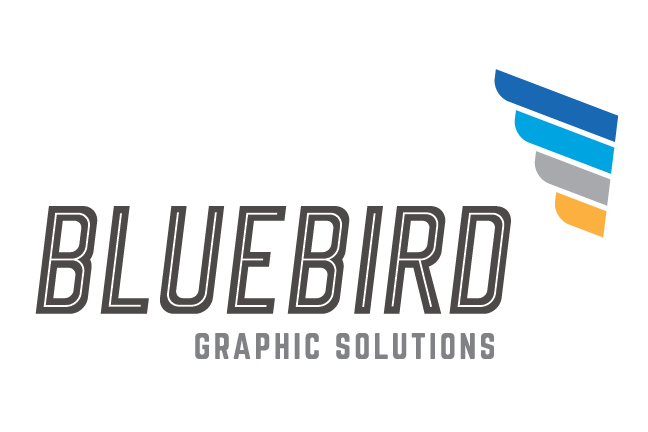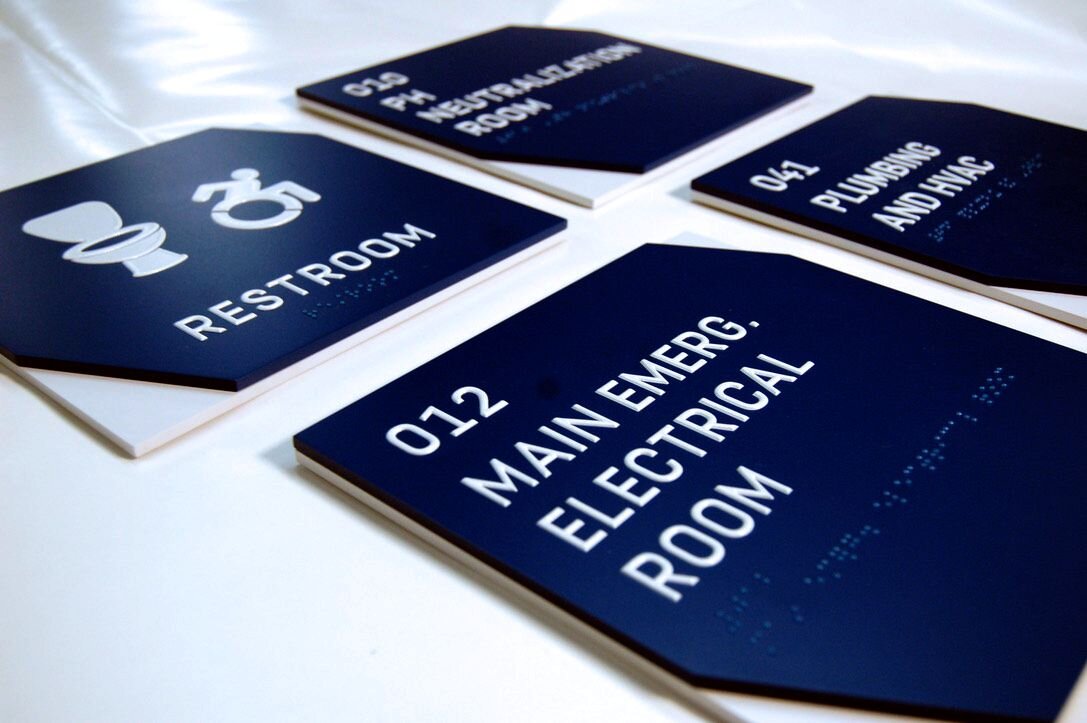The Power of Additive Printing for ADA Signs
If you work in the design industry, you are likely aware of how 3D-printing technology and UV-cured inks have advanced in recent years. This has made it possible to print layers of ink to form raised lettering and braille using a process known as additive printing. With the arrival of this printing method, digitally-printed ADA signs have gained broad acceptance due to the benefits of reduced waste and fast and durable production on a wide range of materials.
Zero Waste
The first benefit of additive printing is that nearly 100% of the material used is incorporated into the final product. This is not the case for other methods, which leave a trail of waste in their wake.
Flexibility
Secondly, because the graphics are additive, sign blanks may be produced prior to customization. This shortens lead times and provides more time for the development and verification of final messaging.
Durability
Finally, in the early days, there were concerns about the pickability of UV-cured inks; this is no longer the case. Advances in ink technology have made it possible to produce signs suitable for the most demanding environments on a broad range of materials, such as acrylic, wood, aluminum, stainless, ceramics, and glass.
Bluebird has made major investments in additive printing and has produced signs for a broad range of applications and environments. We encourage you to consider direct printed ADA for your next project. Contact us to discover the possibilities.






